Real-time Monitoring of LED Greenhouse Lighting
Real-time Monitoring of LED Greenhouse Lighting
How Optical Sensing Helps Manage Color and Power Output
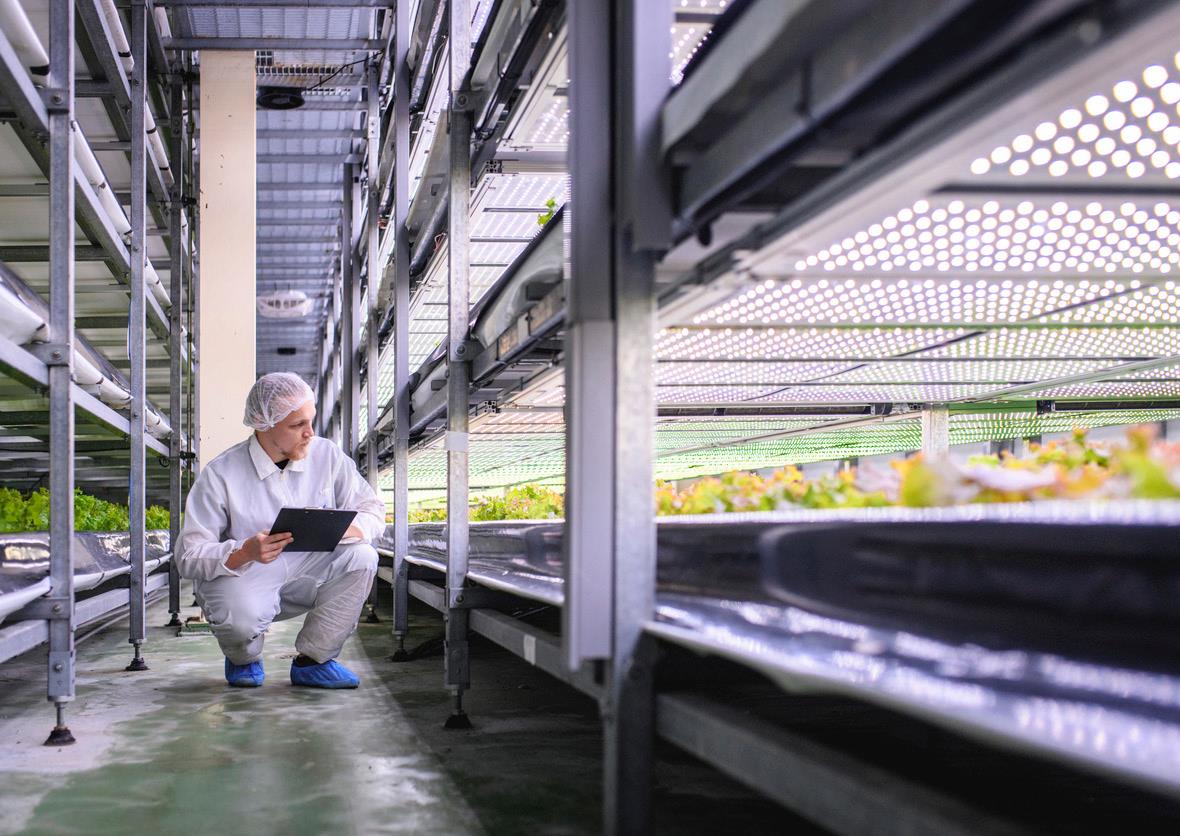
KEYWORDS:
• Greenhouse farming
• Food production
• WaveGo light meter
TECHNIQUES:
• Irradiance
APPLICATIONS:
• LED monitoring
• PAR measurement
• Greenhouse operations
As world population growth strains the planet’s natural resources, there is increasing urgency to further the advances in food production that humans have achieved in the last several decades. In fact, by some estimates, as the global population grows from 7.3 billion to 9.6 billion people by 2050, we’ll need to produce 70% more food to feed them all.
Controlling the quality and yield of crops will be crucial elements of increased food production. Growing crops in greenhouses and vertical farms (greenhouse factories) will allow us to better control the process of growing food and, in the case of vertical farms, move food production closer to the consumer (vertical farms can be integrated into existing structures such as warehouses). In greenhouses, LEDs are a popular lighting option to provide the spectral energy to crops for photosynthesis and other growth processes.
Traditional Greenhouse Lighting Options
Typically, greenhouse farmers use sunlight to grow their plants. However, the sun is unpredictable, and in Northern Hemisphere countries where greenhouses are most often used, daylight hours become increasingly fewer during the winter.
But farmers like to manage plants and crops year-round, using grow lights to extend the day or to complement natural sunlight in the greenhouse.
Traditionally, greenhouse growers have used high-pressure sodium (HPS) lights – originally conceived for streetlighting -- for their operations. HPS lights produce the familiar orange-colored glow coming from commercial greenhouses.
HPS lights do have a few drawbacks. They are power hungry and produce a lot of heat. Sometimes growers can use the heat to increase the temperature in the greenhouse, but if the heat is too intense, greenhouse operators will vent the heat through open “windows.” This lowers the greenhouse temperature, but affects the carbon dioxide (CO2) level as well. As a result, maintaining optimum growing conditions in the greenhouse becomes quite a challenge.
LEDs in Greenhouse Operations
In the last two decades, the development of LEDs into a mature technology has offered growers an alternative to HPS lights. Initially, producers of LEDs focused on the benefits of lower power needs and reduced heat, while proponents of HPS lighting argued that total optical power (in this context, expressed as photosynthetically active radiation, or PAR) was a more significant indicator of effectiveness. More recently, attention has shifted to the effects of the color spectrum on crops.
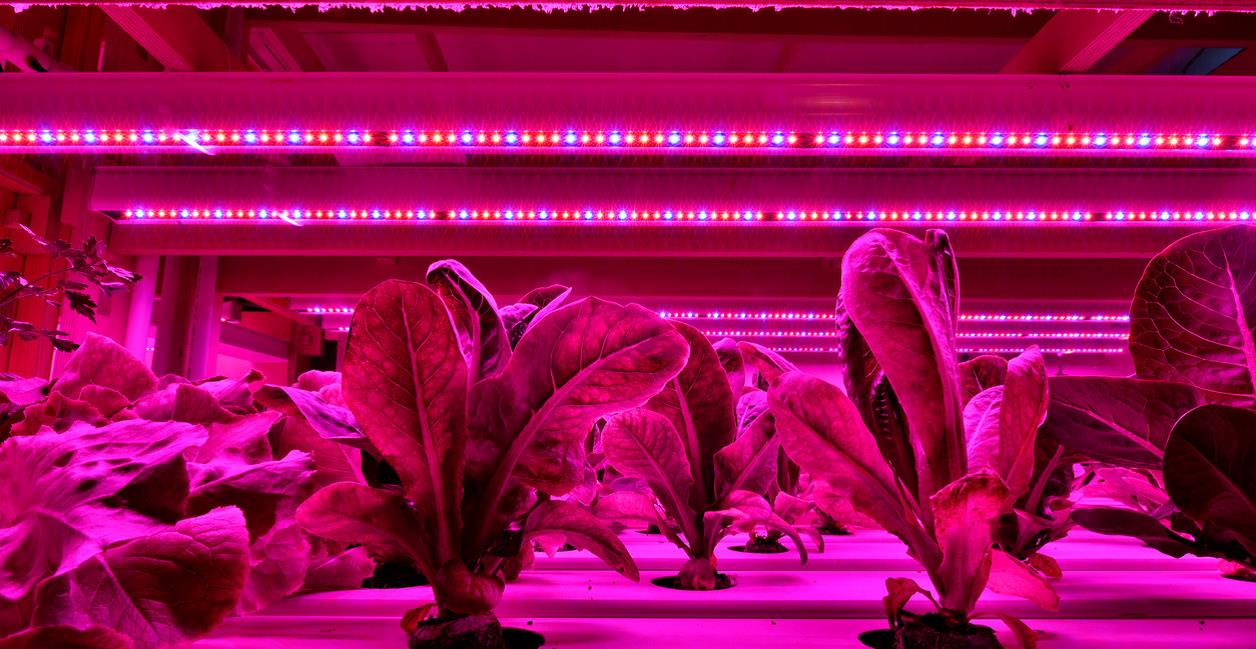
Figure 1. LED grow lights can be adjusted to optimize color output during the plant lifecycle.
Ultimately, the biggest benefit of LED illumination in greenhouses is dynamic illumination of the crops. Much research has been done -- and is still ongoing -- on the ideal light spectrum to offer to the plant; as it turns out, the ideal spectrum changes throughout the plant growth cycle. Thus, typical LED grow lights consist of multiple colored LEDs: at a minimum red and blue, but other exotic combinations exist as well, adding white LEDs, green, amber, and even far red or IR wavelengths. As the output power of most LEDs can be controlled (from completely switched off, to a certain percentage of maximum power), the spectrum offered by these luminaires can be optimized (Figure 1).
Using the full functionality and power control of various colored LEDs, the grower can increase the daylight span offered to the crops, but also control the total power emission “per color” (wavelength) reaching the plant. For example, red or blue optical power (energy) can be added according to a pre-defined, optimized color scheme during the growth of the plants.
This provides a certain amount of control of the plant’s growth behavior. Adding blue light induces vegetative growth; adding red light induces flowering. Note that such optical color schemes will be different per type of plant, and will depend on other factors including temperature and CO2 levels. Control of all parameters in a greenhouse will be key to increased efficiency and more predictable yields.
Monitoring HPS Output in Greenhouse Operations
Sunlight is both unpredictable and dynamic. Not only does the energy of the sun change with time of day, cloud cover and weather conditions, so does the balance in its spectrum (red/blue ratio). Having an accurate measure of the sunlight will help to monitor the light spectrum reaching the plant, but also will provide feedback to the LED control system, dynamically adjusting the light power and color to match the optimal color scheme for that specific plant at a specific moment in its growth cycle.
For greenhouses using HPS, sensors are used that monitor Photosynthetically Active Radiation (PAR) in μmol/m2*s during the day. These sensors measure total optical energy from 400- 700 nm. The PAR data can be used to determine when to turn on the HPS lights, but also the data can be used to calculate the total energy received by the plants, called Daily Light Integral (DLI).
Although these PAR sensors can be used to optimize greenhouse PAR light levels during the day, they cannot be used to control the color scheme nor measure beyond the 400-700 nm range. This is important because light outside this range can affect the growth of certain types of plants.
As an alternative to traditional PAR sensors, a miniature spectrometer can be installed to monitor the full spectrum of light, typically from 350- 1000 nm (UV to near-infrared). This will provide the user with full-resolution spectral information. This is valuable information to have in understanding and researching the optimal color scheme of plants.
Monitoring LED Output in Greenhouse Operations
The WaveGo handheld light measurement system is a handy option for taking quick measurements at different locations in a greenhouse (Figure 2). WaveGo connects to a smartphone and stores data in the cloud; results (PAR and PAR bins) can be read out from the phone and reported via email. Similar spectrometer setups can be deployed in a greenhouse or even integrated into the LED luminaire for continuous reading.
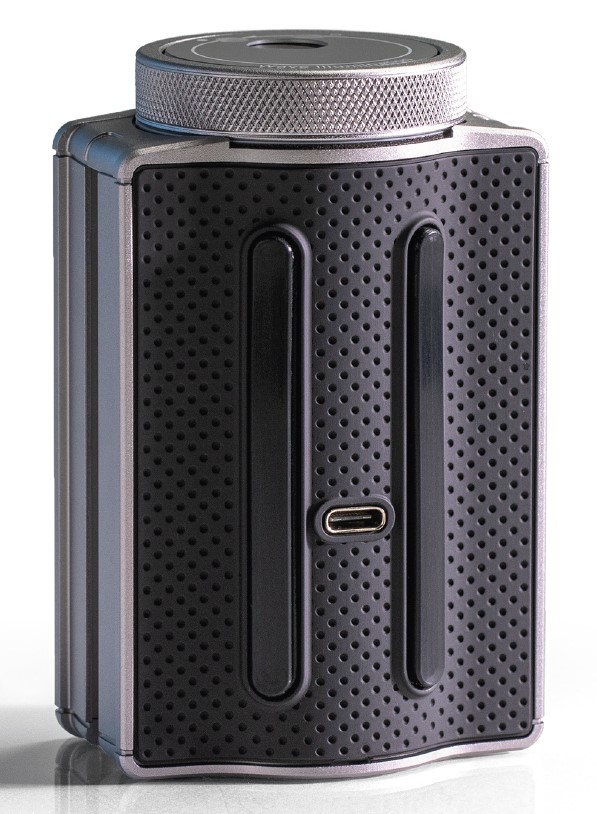
Figure 2. The WaveGo handheld light measurement device is ideal for measuring the total spectrum of greenhouse LEDs and determining light energy per wavelength bin.
In Figures 3-5, we used a high-resolution spectrometer to measure the output of red and blue LEDs, sunlight and the combination of LED output and sunlight. Greenhouse operators use spectral measurements to adjust lighting schemes in real time, optimizing efficiency.
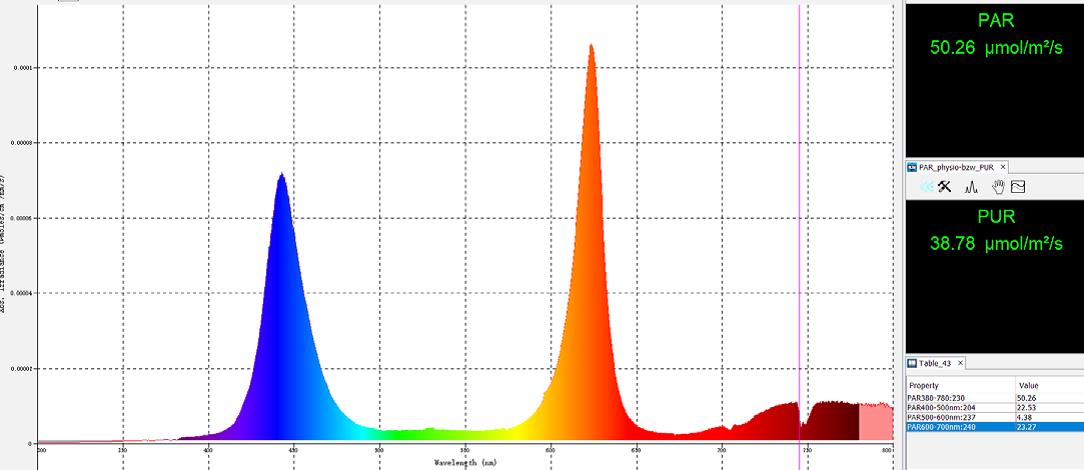
Figure 3. The light spectrum of a greenhouse luminaire with output control of blue and red LEDs is measured with a high-resolution spectrometer.
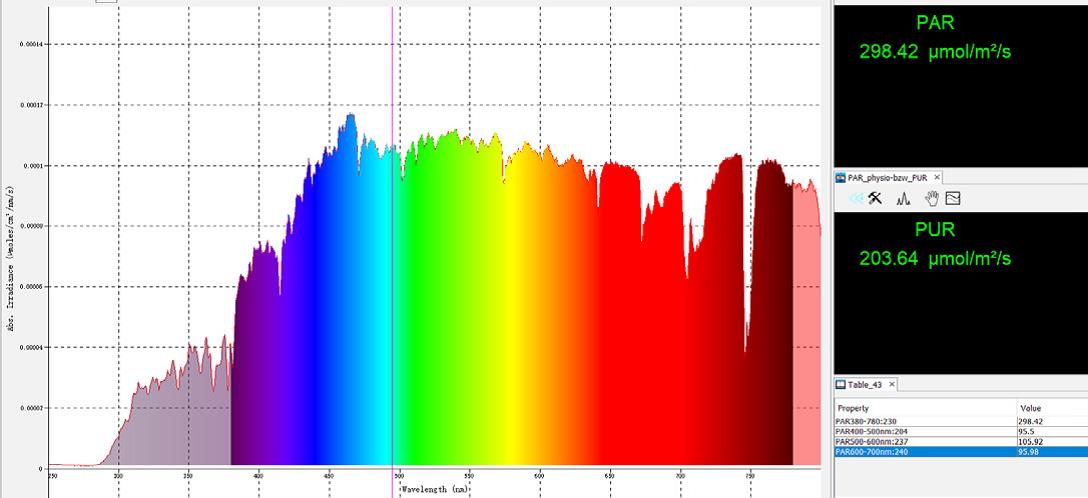
Figure 4. Sunlight (shaded area of graph) is measured with a high-resolution spectrometer.
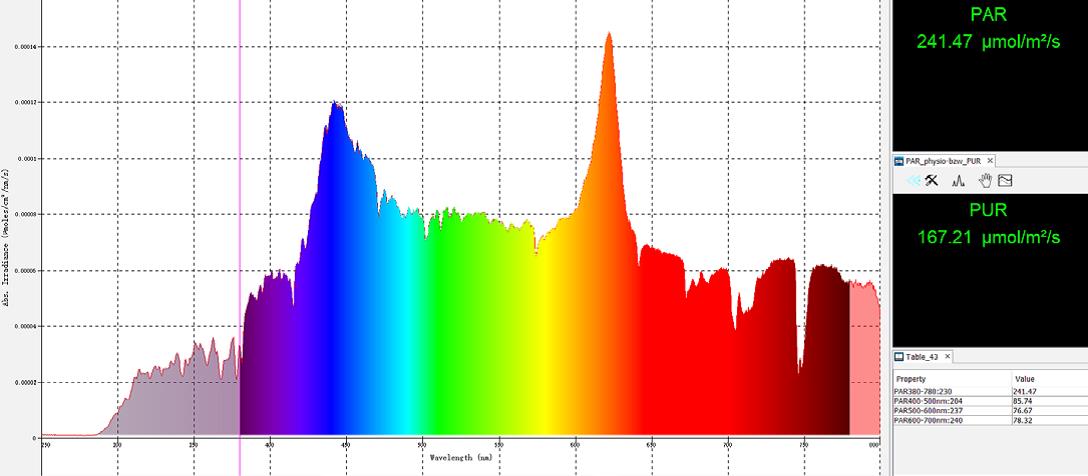 Figure 5. Sunlight is combined with red and blue LED output to increase the energy of the blue and red spectra.
Figure 5. Sunlight is combined with red and blue LED output to increase the energy of the blue and red spectra.
In some greenhouse environments, even where system control and color information are necessary, the resolution provided by a spectrometer may not be needed. In those applications, a sensor that can monitor sunlight, plus differentiate the various LED colors used in a greenhouse, will be sufficient and often the most cost-effective way to implement color control.
A multispectral sensor like our PAR PixelSensor is a good option where full spectral analysis is not needed, with the focus only on the spectral regions relevant for plant growth. Here’s how: the spectral PAR sensor has 8 sensors – wavelength-selective photodiodes packed into a compact array format -- each of which can monitor a different part of the optical spectrum (bins) from 400-800 nm. Each wavelength bin is 50 nm wide (Figure 6). The sensor is small enough to be either integrated into a LED luminaire or placed close to the plants as a standalone sensor (Figure 7) to continuously monitor PAR energy.
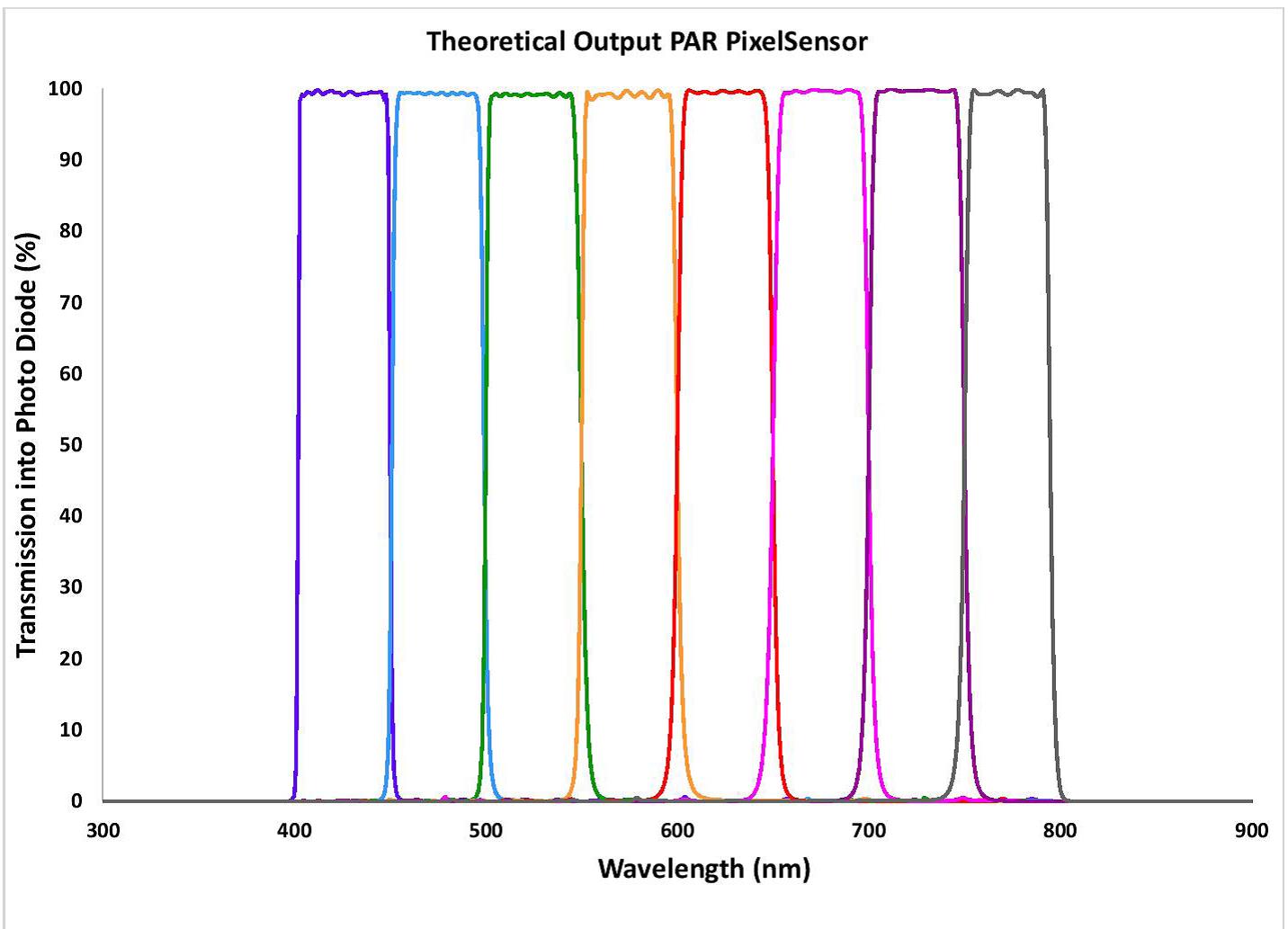 Figure 6. A PixelSensor configured for PAR measurements can monitor up to 8 wavelength bins (spectral bands) from 400-800 nm.
Figure 6. A PixelSensor configured for PAR measurements can monitor up to 8 wavelength bins (spectral bands) from 400-800 nm.
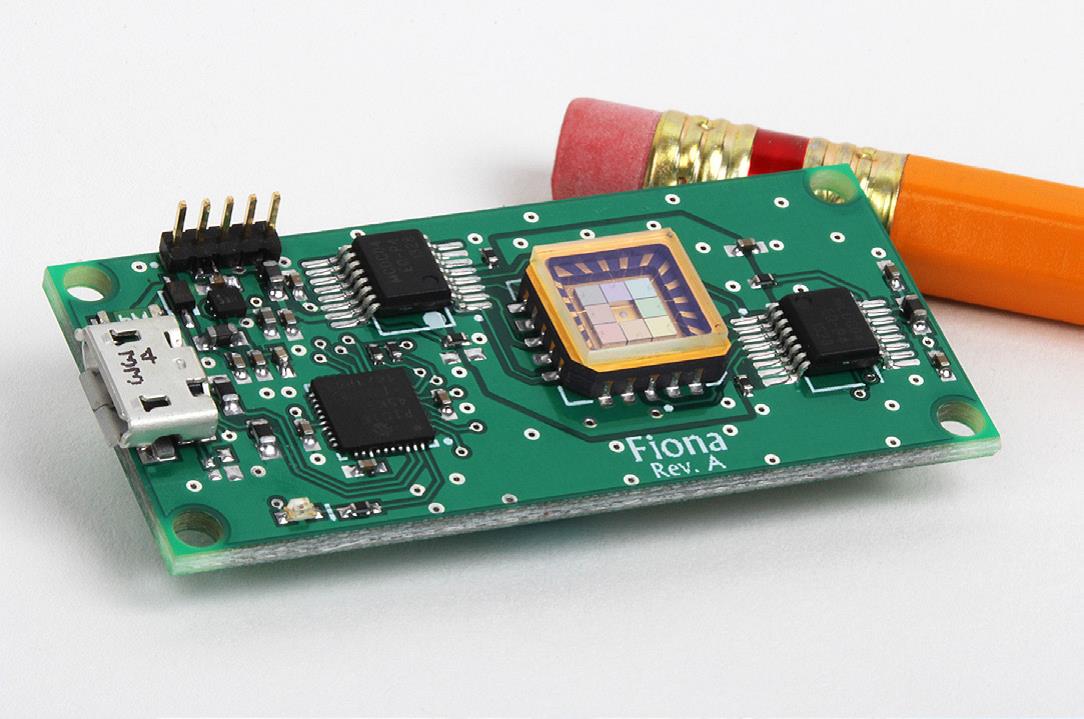 Figure 7. PixelSensor has an 8-band sensor array in a 9 x 9 mm footprint, and can be integrated seamlessly into other sensing devices.
Figure 7. PixelSensor has an 8-band sensor array in a 9 x 9 mm footprint, and can be integrated seamlessly into other sensing devices.
Where no natural light is present, such as in enclosed growth chambers, precision control of all environmental parameters will require knowing the spectral energy levels at the plant. The design of the chambers, but also the size and shape of the plants, will be significant factors in the use of spectral PAR measurement systems.
To control the growth of plants using their optimal color scheme during growth cycles and overcome natural fluctuations from sunlight, spectral monitoring can be employed to good effect in managing plant illumination (Figure 8). Measurement techniques are simple to use and integrate into operations, but sophisticated enough to create different color schemes on a per plant basis in the same greenhouse.
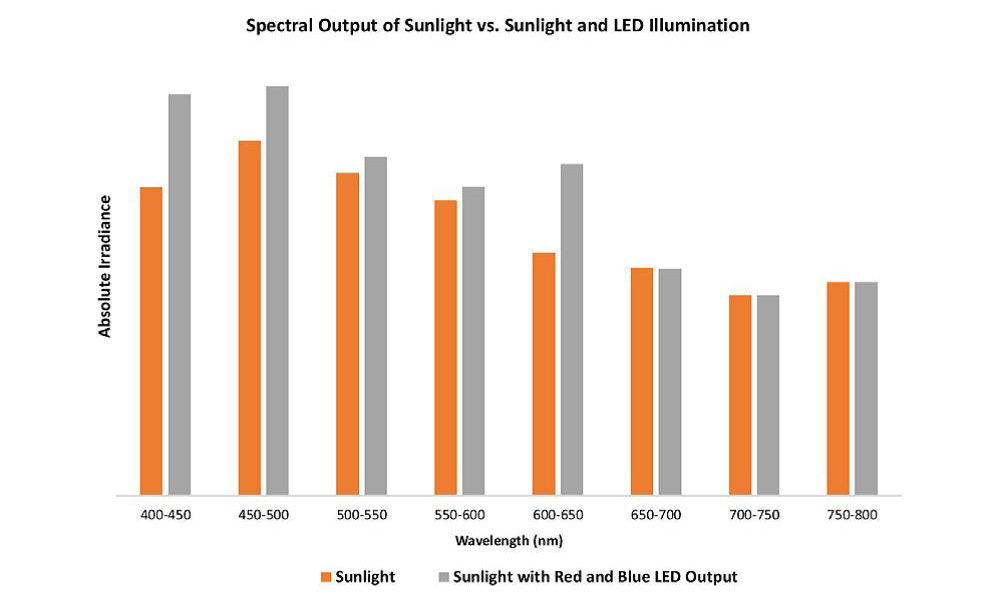 Figure 8. With accurate monitoring of natural light and LEDs, growers can adjust illumination from red and blue LEDs to boost power output and optimize plant growth cycles.
Figure 8. With accurate monitoring of natural light and LEDs, growers can adjust illumination from red and blue LEDs to boost power output and optimize plant growth cycles.
For growers and lighting providers, optical sensing tools that monitor light dynamically will be a key element of smart greenhouses. Sensors can be integrated into lighting fixtures, installed between crops and connected wirelessly for real-time control of greenhouse illumination and data management.
Article Source: https://www.oceaninsight.com/globalassets/catalog-blocks-and-images/app-notes/real-time-monitoring-of-led-greenhouse-lighting_final.pdf